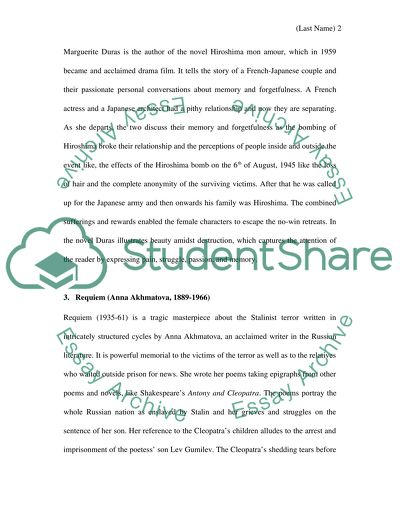Cite this document
(“Literature Review - Endgame, Hiroshima Mon Amour, Requiem, The Essay”, n.d.)
Retrieved from https://studentshare.org/literature/1426136-journal-entry
Retrieved from https://studentshare.org/literature/1426136-journal-entry
(Literature Review - Endgame, Hiroshima Mon Amour, Requiem, The Essay)
https://studentshare.org/literature/1426136-journal-entry.
https://studentshare.org/literature/1426136-journal-entry.
“Literature Review - Endgame, Hiroshima Mon Amour, Requiem, The Essay”, n.d. https://studentshare.org/literature/1426136-journal-entry.


